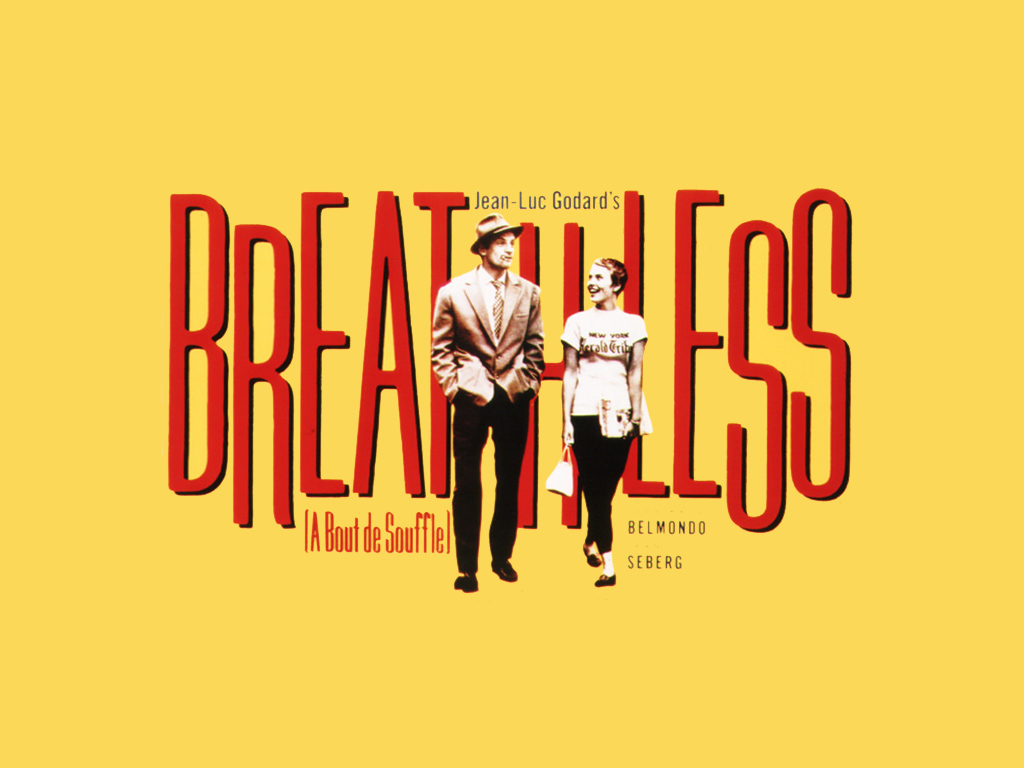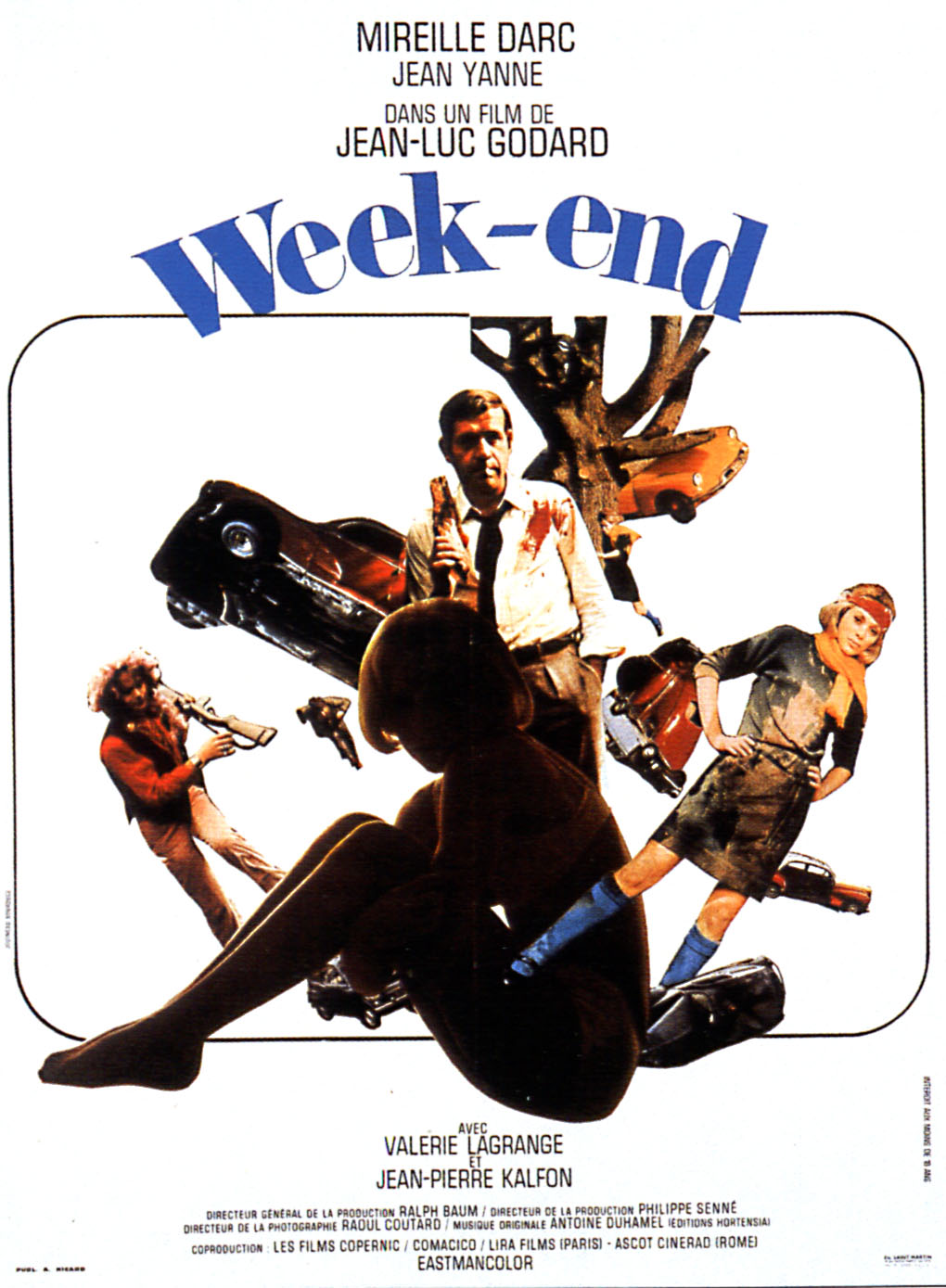"When you glance back to the art being made in Europe around the time of the May ’68 student riots, there’s often a desire to connect the Molotov ministrations that were occurring on the streets to the palpable sense of "

Jean Luc Godard and the Auto-Dystopia
Quintessential French filmmaker? Perhaps. Unbearably pretentious? Depends. Petrolhead? At times.The controversial French director Jean Luc Godard’s work is shot through with ambiguities. One of the most visible is the precarious relationship that exists in his films with cars and with women. They represent desire and danger as readily as liberation and entrapment – in Godard’s films these things collide in the form of the subtly feminine curves of the corrozzeria.
In 1960’s New Wave opus Breathless, the director’s faith in automobiles is almost intact. The whole movie is steeped selfconsciously in the essence of Hollywood, from the sleek cars to the cool gangsterism of the central character, which is played by an impossibly hip Jean Paul Belmondo. Jean Seberg, meanwhile, plays Belmondo’s American lover. Gangster and girl cruise around Paris in various stolen motors, including a beautiful ’56 Thunderbird coupe, committing crimes and indulging in an elliptical sort of trans-Atlantic holiday romance.

But Belmondo’s true partner-in-crime is not the girl. It’s the car. The cipher of freedom wrought in steel is always waiting around that Parisian street corner to help him escape. In the closing scene Belmondo is caught out. Having been betrayed by his girl, the getaway car is nowhere to be seen. Breathless, with the police in pursuit, the young man’s luck runs out and he takes a bullet in his back. The moral of the story? Women can’t be trusted, and the American dream will fail you.
From thereon in, Godard’s work the relationship between man and machine becomes steadily more and more sour. Cars continually fail their owners. Swanky film producers and their lovers are abruptly crushed in their shiny Alfas. With the arrival of Weekend, Godard’s 1967 dystopian vision of the future, the decree absolute between the director and the automobile is finally exchanged.

The film features what was the longest one-take tracking sequence in film history – the camera panning across a hilariously strange, seemingly endless traffic jam. Fights break out in the background. Families picnic in their cars. Death is discovered in tableau at the roadside. The car is no longer a handy escape mechanism from the strictures of mainstream society, but instead becomes the driving force of a bourgeois decadence that spawns only death and decay.
Jean Luc Godard evoked the contemporary dilemma of car culture very early. We can’t make a break from our planet-gobbling obsession with cars. They may fail us every now and then — but being totemic of freedom, escape and sexuality — they remain essentially seductive.
CLICK TO ENLARGE










I love Belmondo, and the cars in Godard. Formidable!
Nice. I’ve always wondered about cars in these hypertrendy new wave movies. Made me Lovefilm these babies and watch them again!